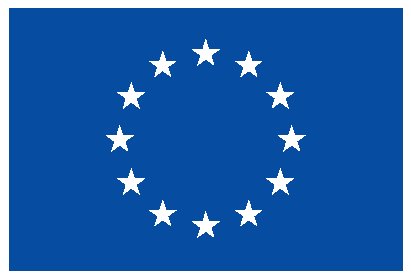Artificial intelligence and liver transplantation: Looking for the bestdonor-recipient pairing
Hits: 4115
- Research areas:
- Year:
- 2022
- Type of Publication:
- Article
- Keywords:
- Donor-recipient matching, Artificial intelligence, Deep Learning, Artificial neural networks, Random forest, Liver transplantation outcome
- Authors:
-
- Briceño, Javier
- Calleja, Rafael
- Hervás-Martínez, César
- Journal:
- Hepatobiliary & Pancreatic Diseases International
- Volume:
- 21
- Number:
- 4
- Pages:
- 347-353
- Month:
- August
- ISSN:
- 1499-3872
- BibTex:
- Note:
- JCR (2022): 3.3 Position: 52/93 (Q3) Category: GASTROENTEROLOGY & HEPATOLOGY
- Abstract:
- Decision-making based on artificial intelligence (AI) methodology is increasingly present in all areas of modern medicine. In recent years, models based on deep-learning have begun to be used in organ transplantation. Taking into account the huge number of factors and variables involved in donor-recipient (D-R) matching, AI models may be well suited to improve organ allocation. AI-based models should provide two solutions: complement decision-making with current metrics based on logistic regression and improve their predictability. Hundreds of classifiers could be used to address this problem. However, not all of them are really useful for D-R pairing. Basically, in the decision to assign a given donor to a candidate in waiting list, a multitude of variables are handled, including donor, recipient, logistic and perioperative variables. Of these last two, some of them can be inferred indirectly from the team's previous experience. Two groups of AI models have been used in the D-R matching: artificial neural networks (ANN) and random forest (RF). The former mimics the functional architecture of neurons, with input layers and output layers. The algorithms can be uni- or multi-objective. In general, ANNs can be used with large databases, where their generalizability is improved. However, they are models that are very sensitive to the quality of the databases and, in essence, they are black-box models in which all variables are important. Unfortunately, these models do not allow to know safely the weight of each variable. On the other hand, RF builds decision trees and works well with small cohorts. In addition, they can select top variables as with logistic regression. However, they are not useful with large databases, due to the extreme number of decision trees that they would generate, making them impractical. Both ANN and RF allow a successful donor allocation in over 80% of D-R pairing, a number much higher than that obtained with the best statistical metrics such as model for end-stage liver disease, balance of risk score, and survival outcomes following liver transplantation scores. Many barriers need to be overcome before these deep-learning-based models can be included for D-R matching. The main one of them is the resistance of the clinicians to leave their own decision to autonomous computational models.
- Comments:
- JCR (2022): 3.3 Position: 52/93 (Q3) Category: GASTROENTEROLOGY & HEPATOLOGY







